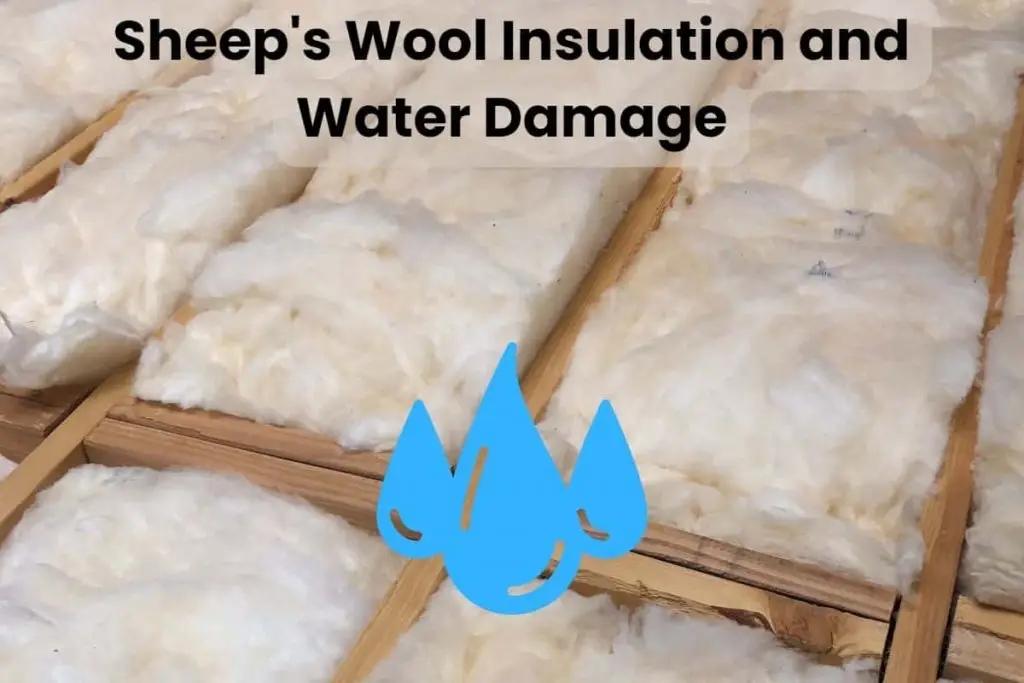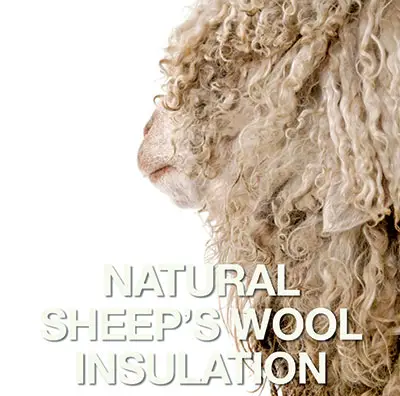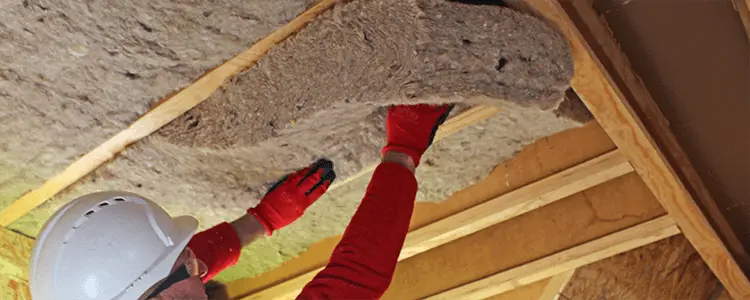Is Sheep’s Wool Insulation Worth It?
For homeowners prioritising sustainability, indoor air quality, and safe handling, sheep’s wool is a strong contender. While it comes at a higher cost, its natural performance and low environmental impact make it a worthwhile investment — especially in retrofit or low-impact builds.
Advantages
Natural and Sustainable
Made from renewable wool fibres, sheep’s wool is biodegradable and has low embodied energy.
Thermal and Acoustic Performance
Excellent insulation properties with added sound absorption — ideal for both comfort and quiet.
Moisture Regulation
Wool can absorb and release moisture without compromising performance, helping prevent condensation.

Fire Safety
Naturally fire-retardant; wool chars rather than ignites, offering built-in protection.
Healthy Indoor Air
Can absorb harmful indoor pollutants like formaldehyde, improving air quality.
Safe to Handle
No need for gloves or masks — wool is non-irritant and safe for DIY use.

Disadvantages
Higher Cost
Typically more expensive than synthetic alternatives like mineral wool or PIR boards.
Pest Treatment Required
Must be treated to resist moths and insects, which can add to cost and complexity.
Thicker Build-Up
May require greater depth to achieve the same U-values as high-performance synthetics.
Availability and Sourcing
Locally sourced wool is ideal, but imported products may carry a higher carbon footprint.

